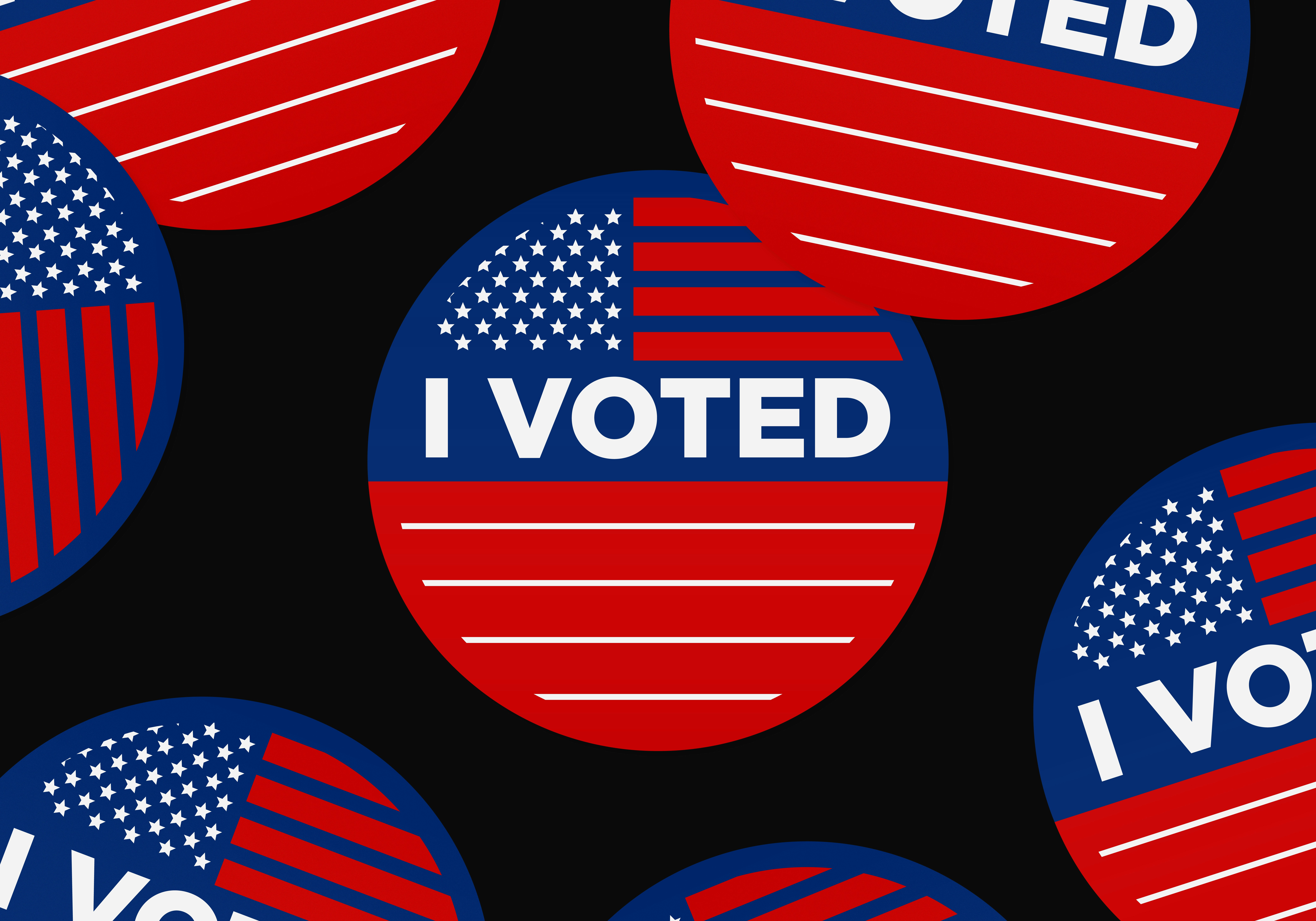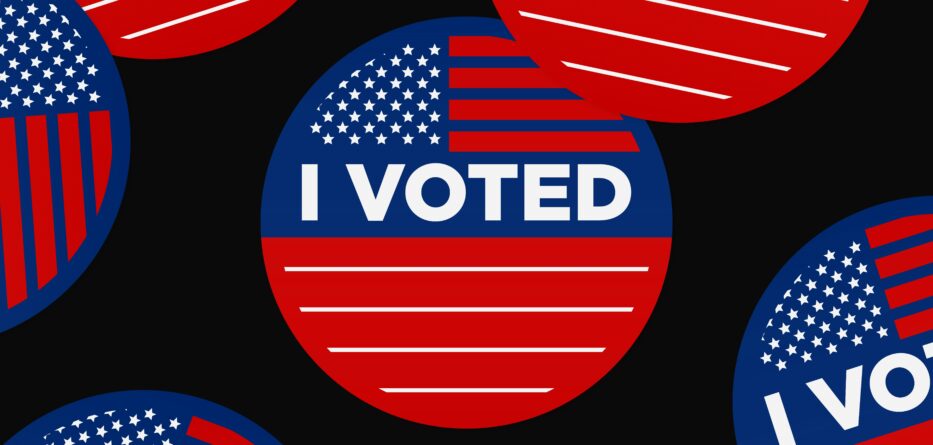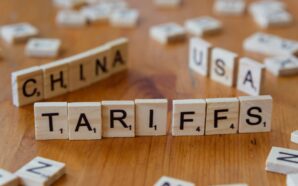
Credit: Unsplash
With the 2024 presidential election coming up, there’s talk about what might happen if the vote ends in a tie. Independent candidate Robert F. Kennedy Jr. plans to drop off the ballot in key battleground states but is encouraging people to vote for him in other states. His goal is to be part of a “contingent election” if former President Donald Trump and Vice President Kamala Harris end up with the same number of electoral votes.
Kennedy’s plan raises questions about how a tied election would work. For Kennedy to be part of this process, he would need to win a lot of electoral votes, which is currently unlikely based on projections. His move seems more about influencing the election rather than being a direct player in a tie scenario.
What Is a Contingent Election?
A contingent election happens if no candidate gets the majority of electoral votes. The U.S. has only had one tied presidential election before—in 1800, between Thomas Jefferson and Aaron Burr. That tie was decided by the House of Representatives, which chose Jefferson as President.
Could a Tie Happen in 2024?
While a tie is not the most likely outcome, it’s still possible. For example, if Vice President Kamala Harris wins important states like Wisconsin, Michigan, Arizona, and Nevada, and gets one electoral vote from Nebraska, but loses Pennsylvania and Georgia, it could result in a 269-269 tie.
In this case, the way electoral votes are split in Maine and Nebraska becomes very important. If there’s a tie, the House of Representatives will choose the winner based on the top candidates.
-
Credit: Envato Elements Secret Service Suspends Six After Trump Rally Shooting Sparks Nationwide Scrutiny Nearly one year after the...
-
How Exactly Is This Bill Making America Great Again? President Trump is pushing hard for his latest budget bill,...
-
Credit: Shutterstock Did The U.S. Just Make a Big Mistake By Bombing Iran? Donald Trump just launched airstrikes on...
-
Credit: Unsplash What is the USA Vs. China Tariff War and How it Affects You Back in early 2025,...
-
Credit: Unsplash Lavish red-carpet welcome meets rising diplomatic tension as Trump courts peace and stirs controversy in the Gulf...
-
Credit: Pexels President Trump pushes aggressive tariff strategy to boost American manufacturing and reduce reliance on China amid rising...
-
A shocking security blunder by National Security Advisor Mike Waltz sparks White House chaos as insiders call for resignations...
-
Russia launches deadly missile and drone attacks on Ukraine just hours after Trump calls on Putin to negotiate a...
-
Credit: Unsplash Trump’s AI-Generated Video Showcasing a Glamorous Future for Gaza Sparks Global Controversy and Debate Former President Donald...
-
Credit: Pixabay President Trump’s Press Conference Takes Unexpected Turn After Tragic Plane Crash President Donald Trump took to the...
-
In a bold move signaling his continued political influence, former President Donald Trump’s administration has dismissed over a dozen...
-
Ivanka Trump Warns Against Fake Crypto Coin Using Her Name Ivanka Trump, daughter of President Donald Trump, is cautioning...




















